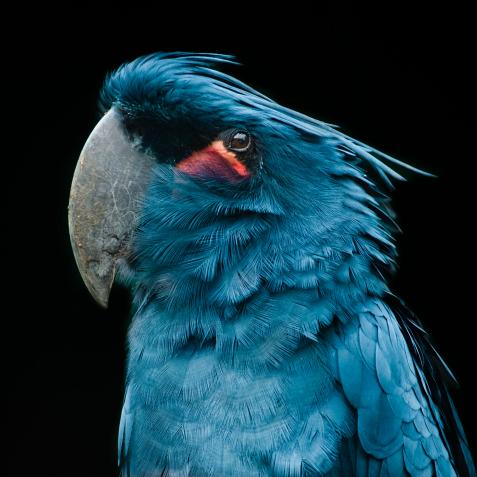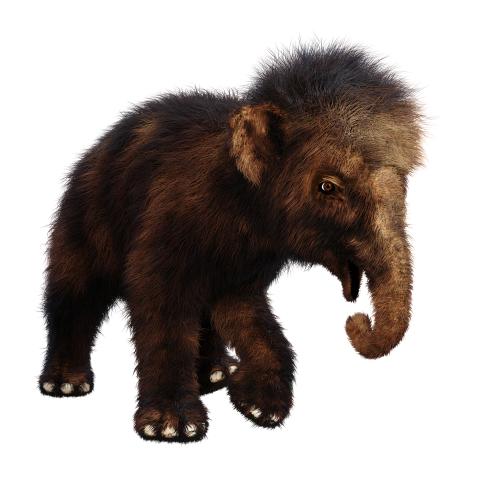
c/o PeerJ
244 Million-Year-Old Fossils Discovered in China
These are the oldest fossils of the extinct bony fish, Peltoperleidus, ever to be found, and the first time Peltoperleidus fossils have been found outside of Europe.
Frozen in sediment in the Guanling formation, a regional geographic formation in southwestern China, scientists found the frozen remains of three Peltoperleidus fish. These extinct bony fish are identifiable by their tiny sharp teeth, distinct rows of deepened scales, and blunt snout.
The small predators lived during the early Ladinian stage of the Middle Triassic epoch. Peltoperleidus were such adept predators because they evolved a lower jaw that was suspended below their skull– allowing them to open their mouths wider and consume larger and higher quantities of prey.

c/o PeerJ
Two paratypes of Peltoperleidus asiaticus.
Peltoperleidus had other developments that gave them an advantage over earlier fish too. They had more flexible dorsal and anal fins, making them more agile in the water.
Previously thought to only live in southern Switzerland and northern Italy, this is the first time Peltoperleidus fossils have been found in Asia. The discovery also dates these fish back 2 million years– previously found fossils dated this fish back 242 million years ago.

c/o PeerJ
Detached cranial bones, fins and scales of Peltoperleidus asiaticus sp. nov. (A) Dorsal fin, (B) Anal fin, and (C) Dentary, prearticular and anterior ceratohyal. (D) flank scales, (E, F) dusted with ammonium chloride; (E) Deepened anterior flank scales, with arrow indicating the dorsal peg of the scale, and (F) Scales with a prominent posteroventral spine in the predorsal region.
In addition to the three Peltoperleidus fossils, the team found more than 20 fossils of different aquatic vertebrates, demonstrating the area’s dense biodiversity dating back mega-annums.
Speaking to the Global Times, Yu Min, a paleontology researcher, stated, "It is also a sign provided to us to further explore the paleogeographic allocation and distribution of the genus since we see it has been discovered in China when previously we only knew it existed in Europe.”
Comparative studies between these newly discovered fossils and their younger relatives found in Europe reveal new ideas about the evolutionary history and geographic distribution of this species.


















